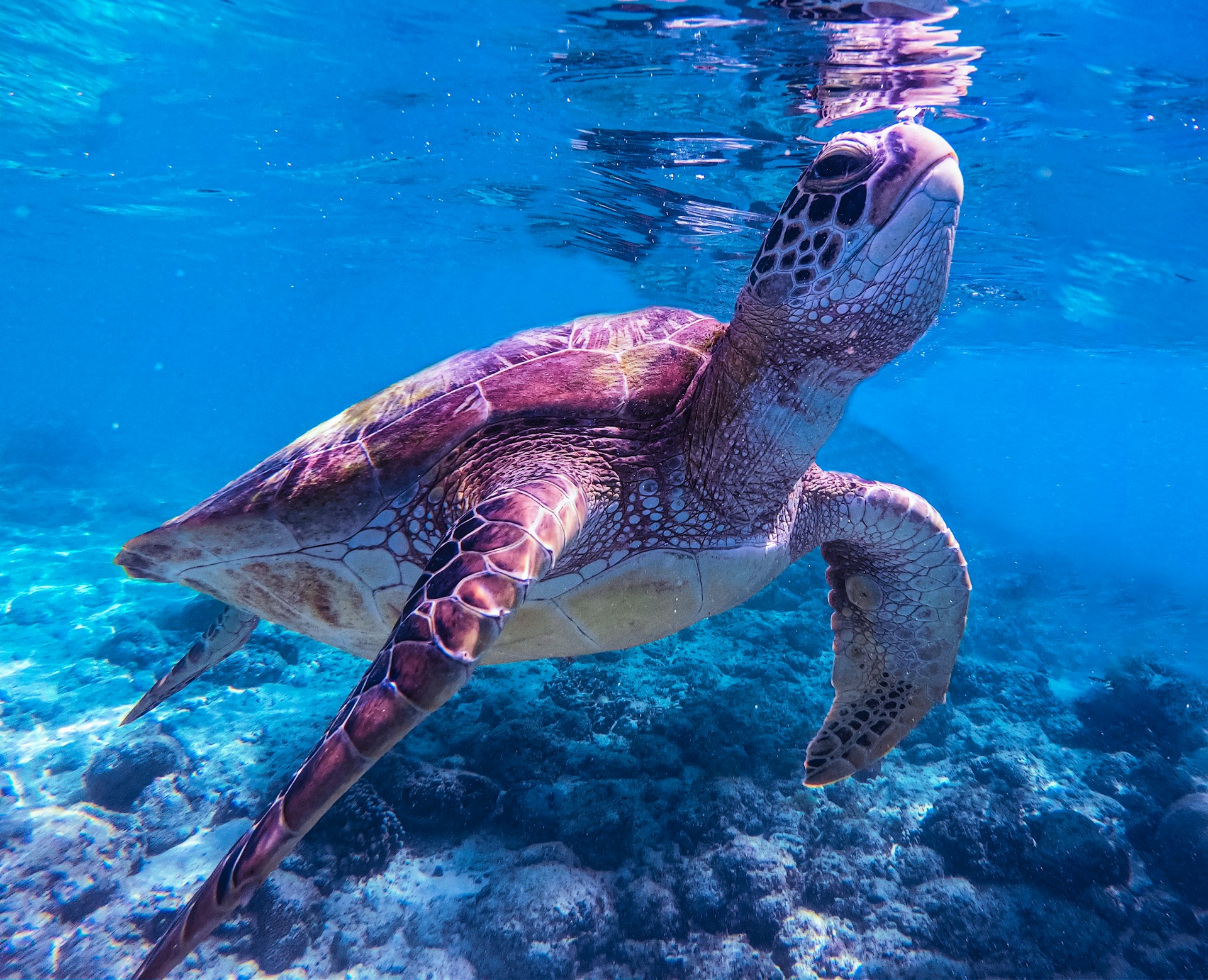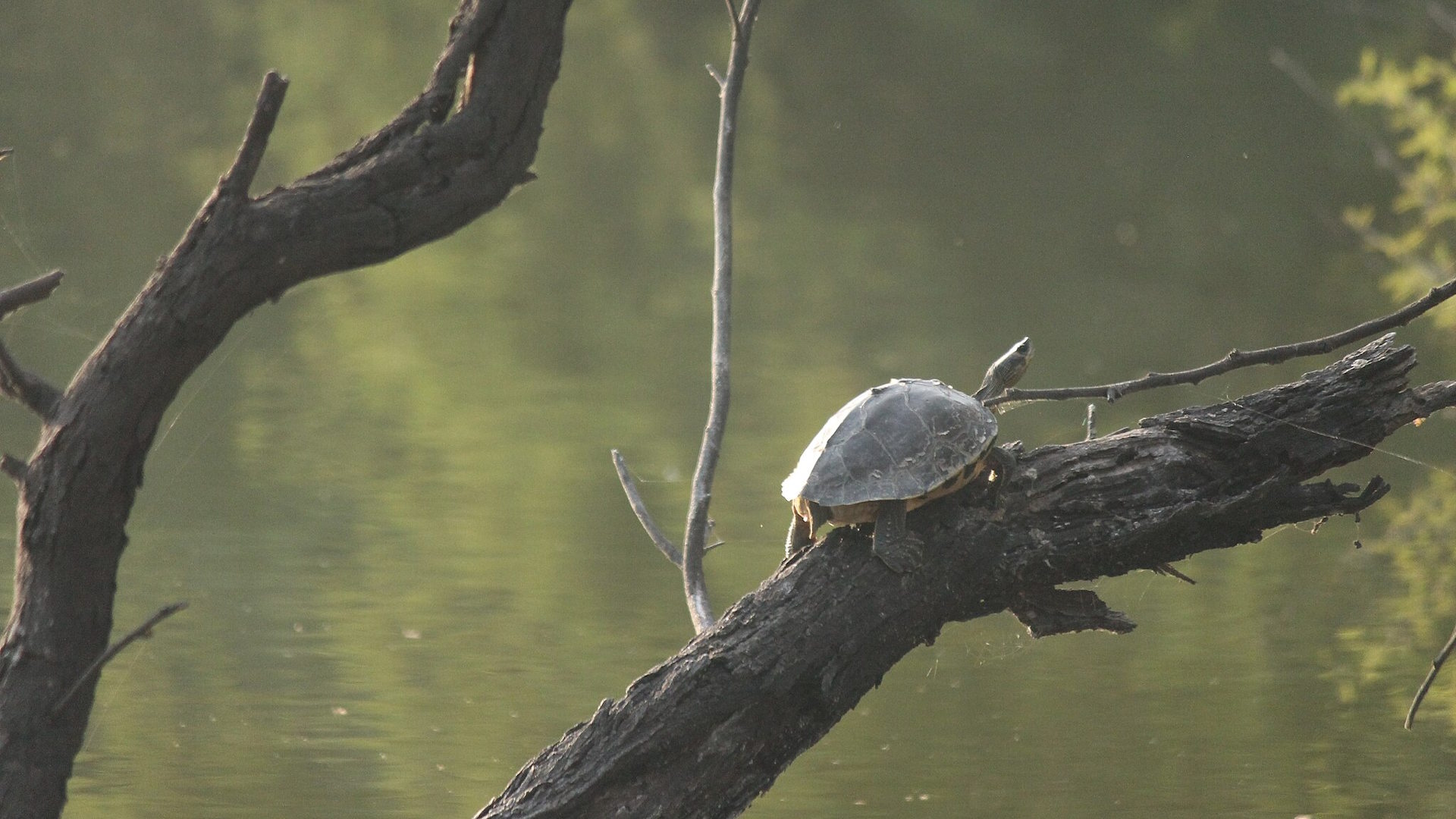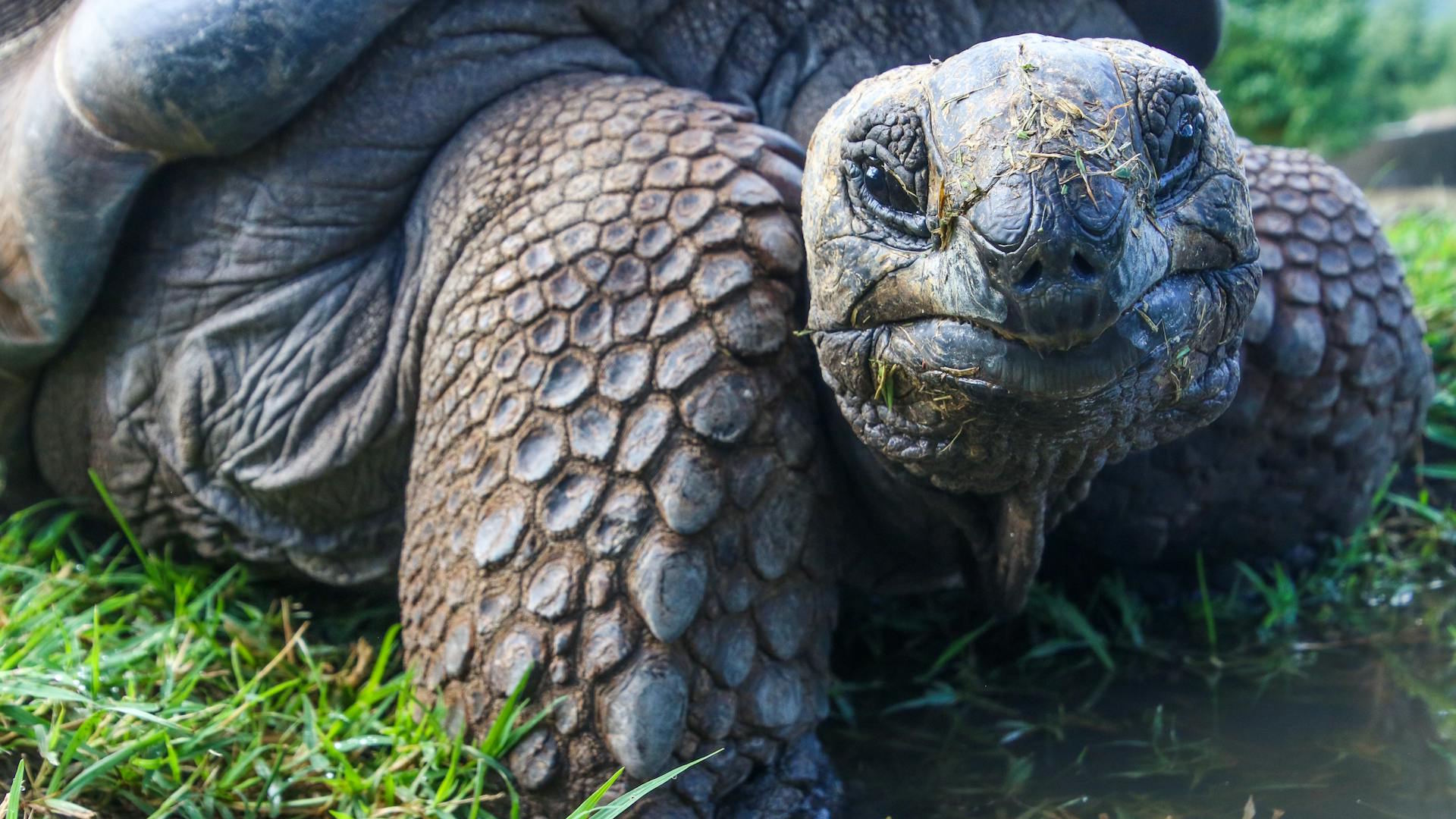When it comes to providing a proper home for your shelled friend, size really does matter. Turtles are fascinating creatures with specific habitat needs that directly impact their health, behavior, and overall quality of life.
Unlike many other pets, turtles can live for decades—some even outliving their owners—making the initial investment in an appropriately sized enclosure not just a matter of animal welfare but a long-term commitment.
Whether you’re a first-time turtle parent or looking to upgrade your current setup, understanding the spatial requirements for your specific turtle species is fundamental to responsible ownership.
Let’s dive into the world of turtle habitats and discover exactly how much room your particular species needs to thrive.
Understanding Turtle Spatial Requirements: The Basic Formula
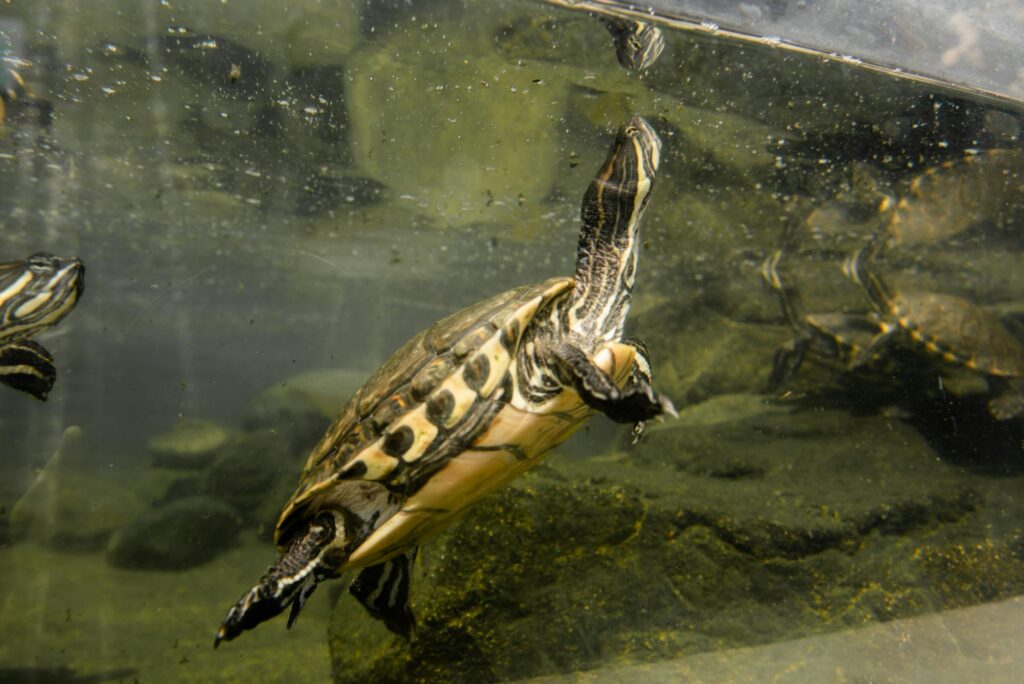
Before delving into specific species, it’s important to understand the general rule of thumb for turtle tank sizing. For aquatic and semi-aquatic turtles, experts recommend providing 10 gallons of water per inch of shell length for each turtle housed in the enclosure.
This formula ensures that your turtle has adequate swimming space, which is crucial for exercise, mental stimulation, and proper muscle development.
Remember that this calculation applies to the turtle’s adult size, not its current size, as many popular pet turtles start tiny but grow substantially over time.
Additionally, this minimum requirement addresses only the water portion of the habitat—turtles also need a dry basking area equivalent to at least half their shell size, preferably larger, where they can completely exit the water and dry off.
Red-Eared Sliders: The Popular Pet That Needs Room to Grow
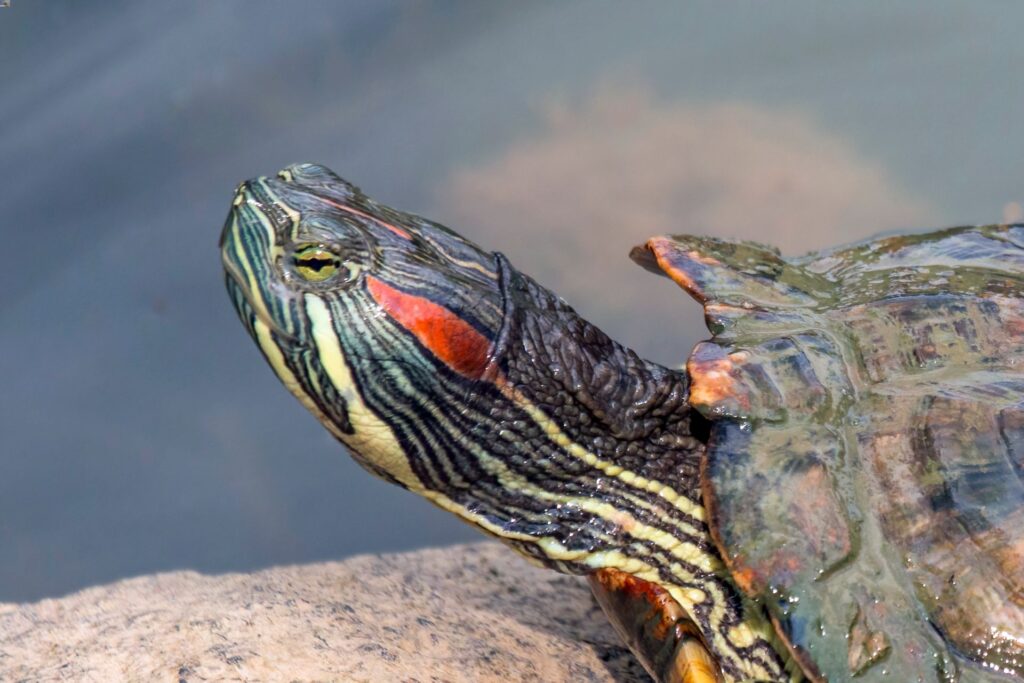
Red-eared sliders are perhaps the most common turtle species in the pet trade, but their popularity has led to widespread housing misconceptions.
Adult female sliders typically reach 10-12 inches in shell length, while males usually grow to 7-9 inches, meaning they require at least a 100-120 gallon tank for a single adult female.
These highly active swimmers utilize every inch of water space provided, with studies showing increased activity levels and better health outcomes in larger enclosures.
Unfortunately, many sliders are sold as tiny hatchlings with inadequate care information, leading to stunted growth and shortened lifespans in cramped tanks.
When properly housed, red-eared sliders can live 20-30 years, making the investment in a spacious habitat essential for their long-term health.
Painted Turtles: Moderate Size with Significant Space Needs
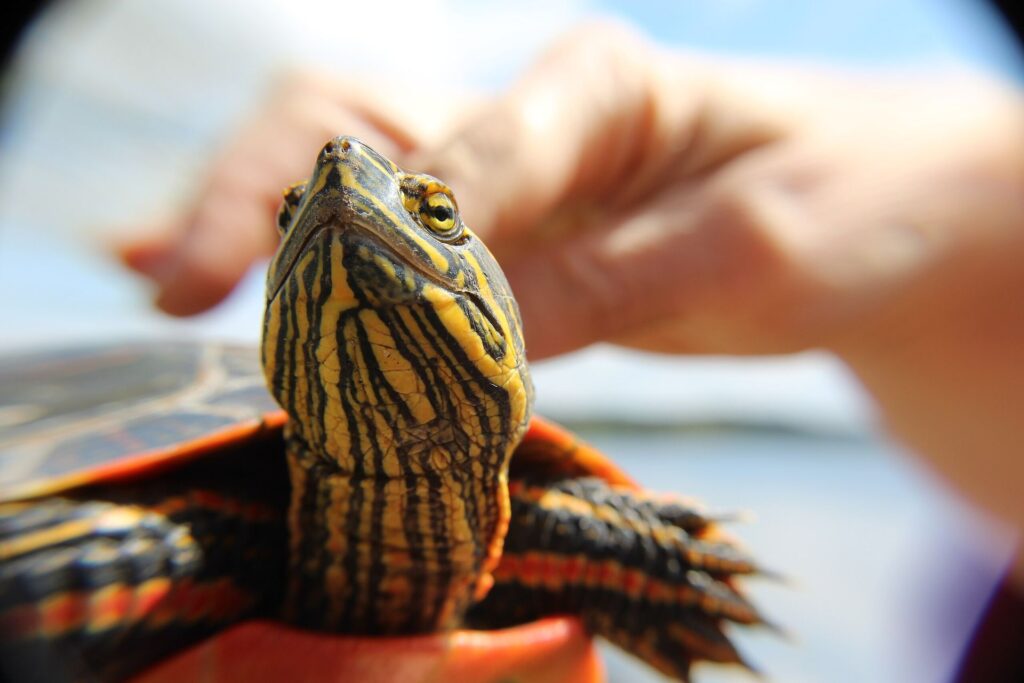
Painted turtles, with their colorful markings and relatively manageable adult size of 4-10 inches (depending on subspecies), require thoughtful habitat planning.
For an adult Eastern painted turtle reaching 5-7 inches, a minimum 50-70 gallon tank provides adequate swimming space while accommodating their active nature.
These turtles are known for their swimming prowess and benefit greatly from longer tanks that allow for extended straight-line swimming rather than circular patterns that can cause stress.
A well-designed painted turtle habitat includes varying water depths, with deeper sections for diving and exploring as well as shallower areas for resting.
Despite their smaller size compared to sliders, painted turtles should not be kept in tanks smaller than 40 gallons even for juveniles, as their activity level demands substantial space.
Map Turtles: Species-Specific Considerations
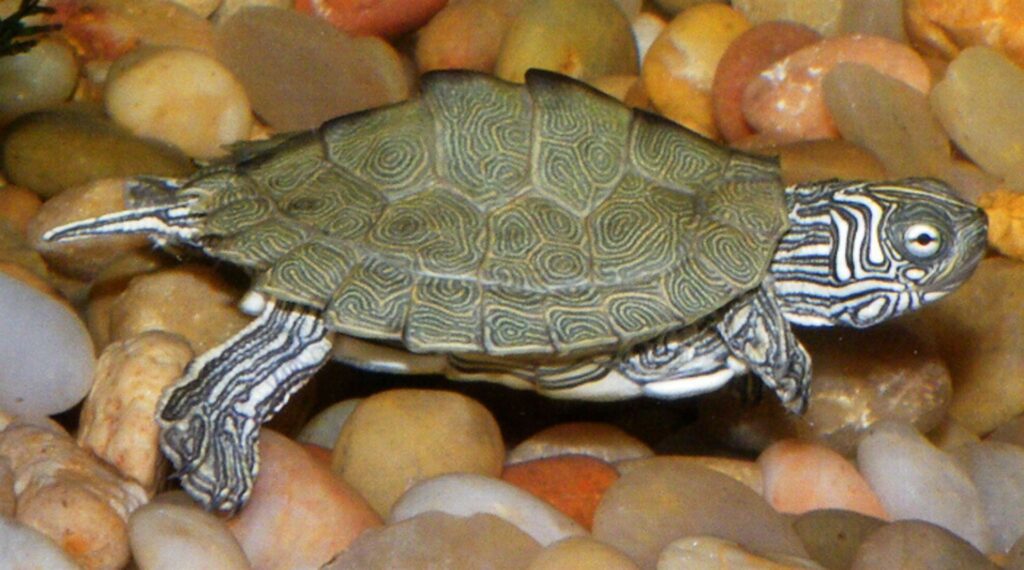
Map turtles present an interesting case of sexual dimorphism that directly impacts tank sizing requirements. Female map turtles, depending on the species, can reach 7-10+ inches, while males typically stay much smaller at 3-5 inches.
This size difference means that housing mixed-gender pairs requires careful planning, with tank sizes of at least 75-100 gallons recommended.
Map turtles are particularly sensitive to poor water quality and benefit significantly from powerful filtration systems and strong water current, which are more effectively implemented in larger tanks.
These turtles also display more natural behaviors, including reduced stress responses, when provided with extensive swimming space that mimics their riverine native habitats.
For serious map turtle enthusiasts, stock tanks or custom-built ponds offer ideal housing solutions that accommodate their special requirements.
Musk and Mud Turtles: Small Size Doesn’t Mean Small Tank
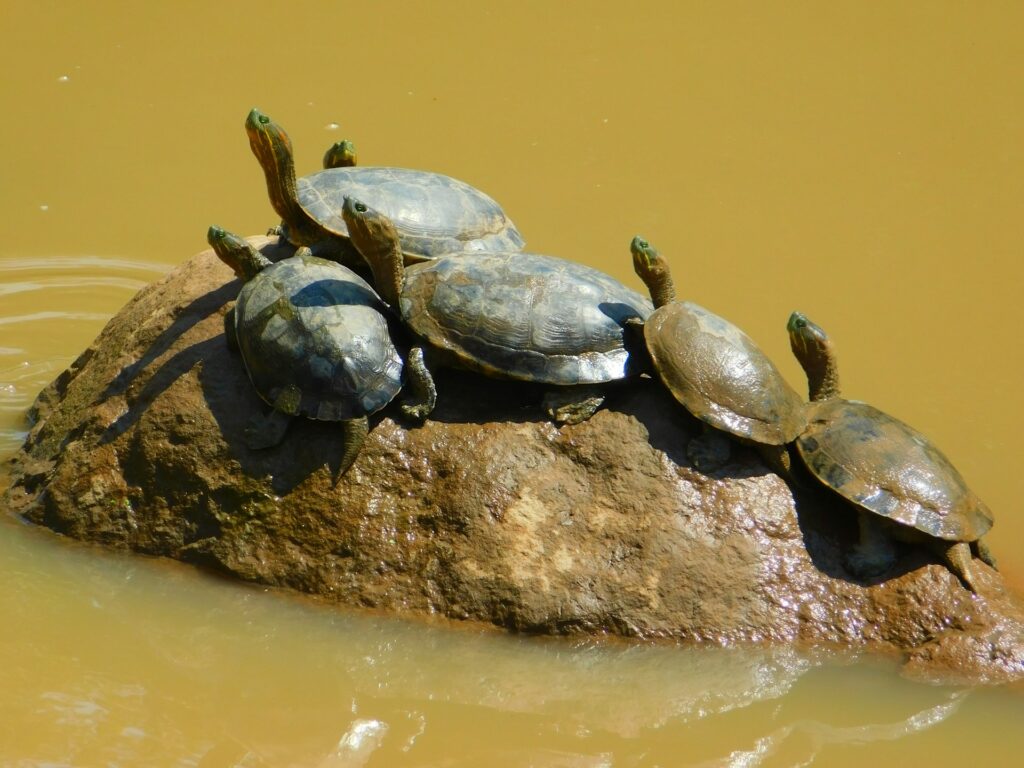
Musk and mud turtles are often recommended as “apartment-friendly” species due to their small adult size of 3-5 inches, but this can lead to housing misconceptions.
Despite their diminutive stature, these turtles still require a minimum 30-40 gallon tank for a single specimen to accommodate their needs for both swimming and exploring bottom substrates.
Unlike some more aquatic species, musk and mud turtles spend considerable time walking along the tank bottom and benefit from a naturalistic setup with a generous substrate layer for digging and exploration.
Their smaller size does make custom paludarium setups more feasible, allowing for creative habitat designs that incorporate both aquatic and terrestrial elements.
While they may not need the volume of water that larger species require, the complexity of their habitat is equally important for their psychological well-being.
Box Turtles: Terrestrial Species with Different Requirements
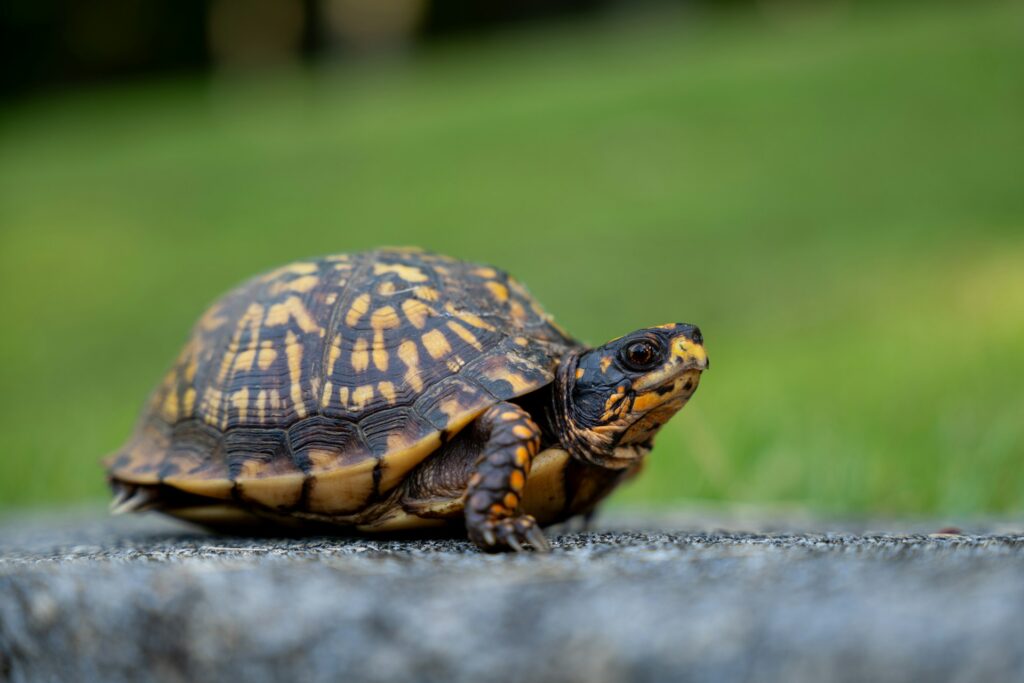
Box turtles represent a significant departure from aquatic species, requiring enclosures that prioritize land area over water depth.
For these predominantly terrestrial turtles, the appropriate housing is not a traditional aquarium but rather a tortoise table or large plastic tub with minimum dimensions of 4 feet by 2 feet for a single adult.
Box turtles benefit from deep substrate layers of at least 4-6 inches to allow for natural digging and burrowing behaviors, which are essential for their mental health and thermoregulation.
While they need access to shallow water for drinking and occasional soaking, the focus should be on providing varied terrain with hiding spots, vegetation, and temperature gradients across their enclosure.
Outdoor enclosures are ideal for box turtles in appropriate climates, with properly secured pens of at least 4 feet by 8 feet providing the most natural environment.
Softshell Turtles: Super Swimmers Needing Super Space
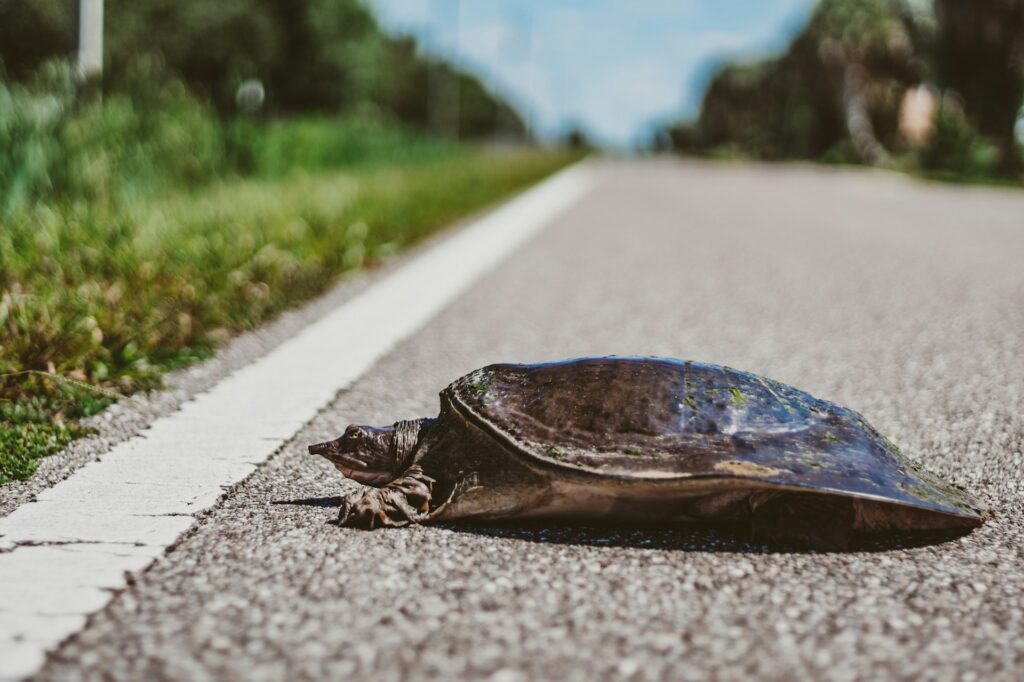
Softshell turtles present some of the most demanding housing requirements of all pet turtle species due to their specialized adaptations and behaviors.
These highly aquatic turtles, which can reach 12-24 inches depending on species and sex, are exceptional swimmers that utilize three-dimensional water space more effectively than almost any other turtle.
A single adult Florida softshell requires a minimum of 150-300 gallons, preferably in a custom setup that emphasizes length and depth over height.
Softshells have specialized respiratory adaptations allowing them to absorb oxygen through their skin, meaning water quality is even more critical than for other species, with powerful filtration systems being absolute necessities.
Their predatory nature and high activity levels make them inappropriate for community tanks, and their space requirements generally make them suitable only for dedicated enthusiasts with the resources to provide proper housing.
Juvenile Turtles: Planning for Growth
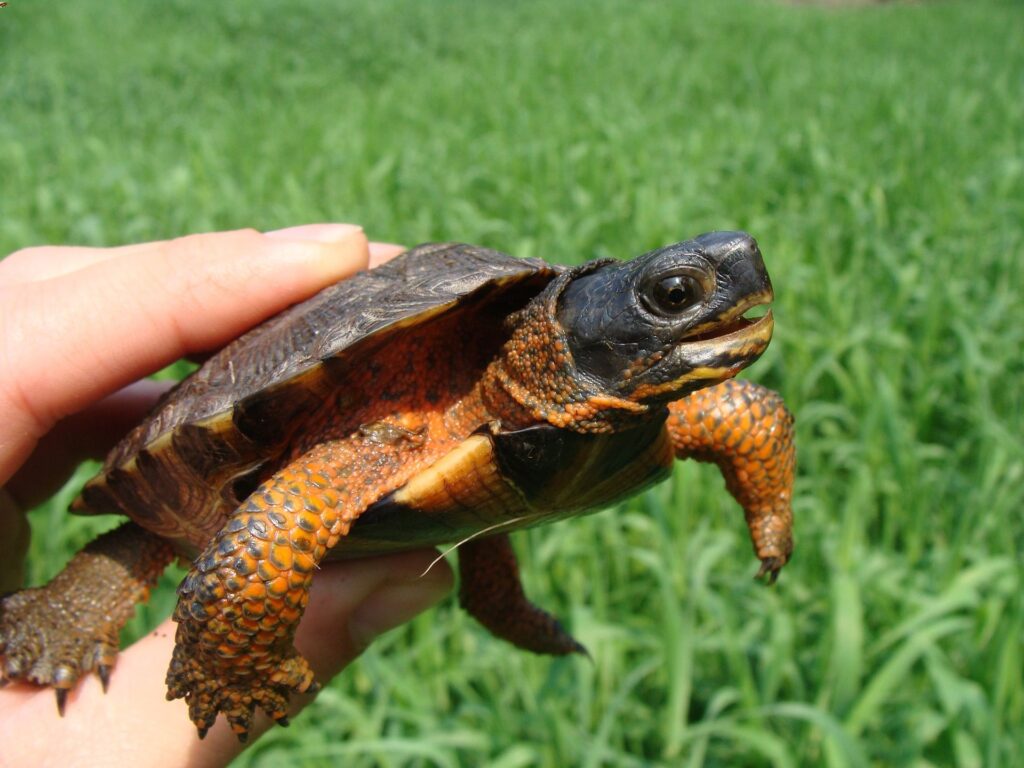
Many turtle owners make the critical mistake of purchasing tanks based on their turtle’s current size rather than its eventual adult dimensions.
While hatchling turtles can temporarily be housed in smaller setups of 20-30 gallons, investing in the adult-appropriate tank size from the beginning saves money and prevents stress from multiple relocations.
Young turtles grow rapidly when properly fed and housed, with many species doubling their size in the first year alone, making that “adequate” starter tank quickly obsolete. If budget constraints necessitate starting smaller, plan to upgrade within 6-12 months to prevent stunted growth and developmental issues.
Additionally, juvenile turtles often have different environmental needs than adults, including slightly warmer water temperatures and more frequent feeding schedules, which should be accounted for regardless of tank size.
Multiple Turtle Setups: Calculating Communal Space
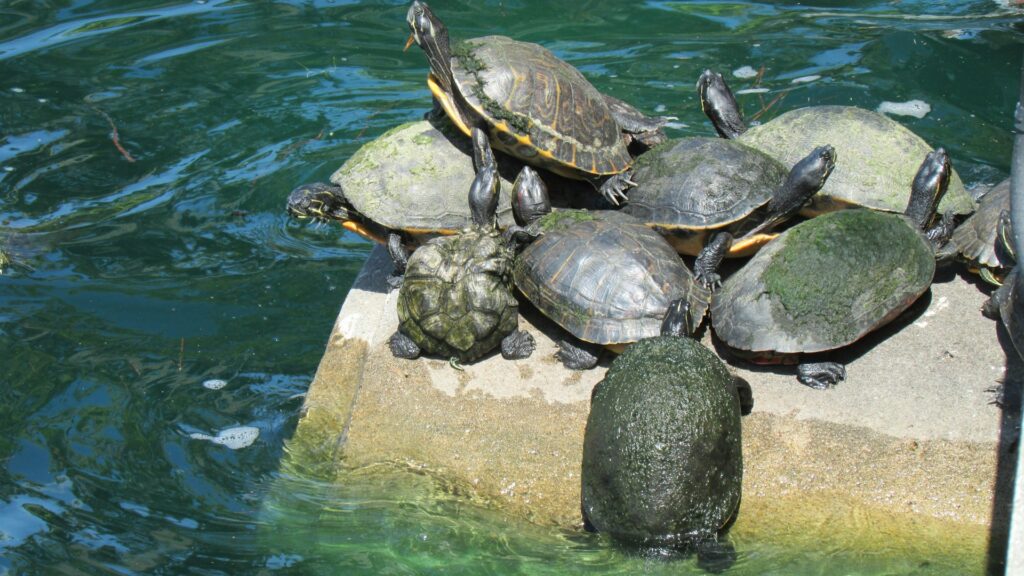
Housing multiple turtles together significantly increases space requirements beyond simply adding the individual minimums together.
For compatible species kept in groups, the general guideline is to add an extra 50% of the base requirement for each additional turtle after the first. For example, if one turtle requires a 100-gallon tank, two turtles would need at least 150 gallons, not 200 gallons, though larger is always better.
Territorial aggression is common among turtles, particularly during breeding season or when resources like basking spots are limited, making multiple basking areas essential in communal setups.
Gender composition also matters significantly—housing multiple males together frequently leads to fighting, while a single male with multiple females typically results in harassment of the females through constant breeding attempts.
The most peaceful configurations usually involve either all females or a significantly larger number of females than males in species that tolerate communal living.
Alternative Housing: Stock Tanks, Ponds, and Custom Builds
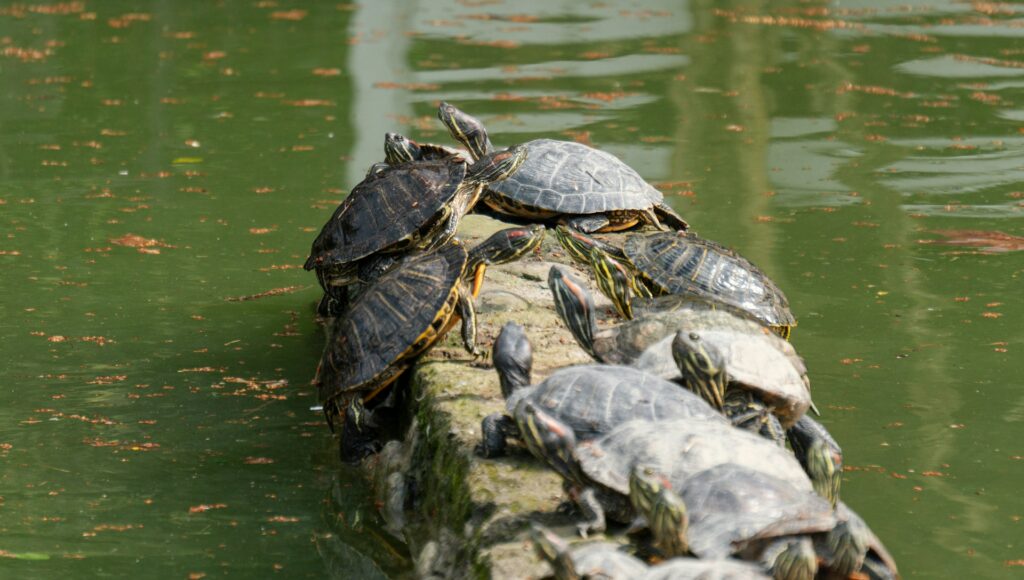
As turtles grow larger, many enthusiasts find that traditional glass aquariums become impractical and cost-prohibitive, leading to the popularity of alternative housing options.
Livestock watering troughs, commonly called “stock tanks,” offer an excellent solution for larger species, providing ample space at a fraction of the cost of glass tanks with capacities ranging from 100 to 300+ gallons.
Outdoor ponds represent the ultimate natural habitat for many species, but require careful predator-proofing, escape prevention, and consideration of local climate suitability for the specific turtle species.
Custom-built enclosures allow for the greatest flexibility, with many turtle keepers using waterproofed wooden frames with pond liner or fiberglass to create the perfect dimensions for their particular species.
These alternative options not only provide more appropriate space but often improve water quality management through greater water volume and the ability to incorporate more powerful filtration systems.
Health Implications of Inadequate Space
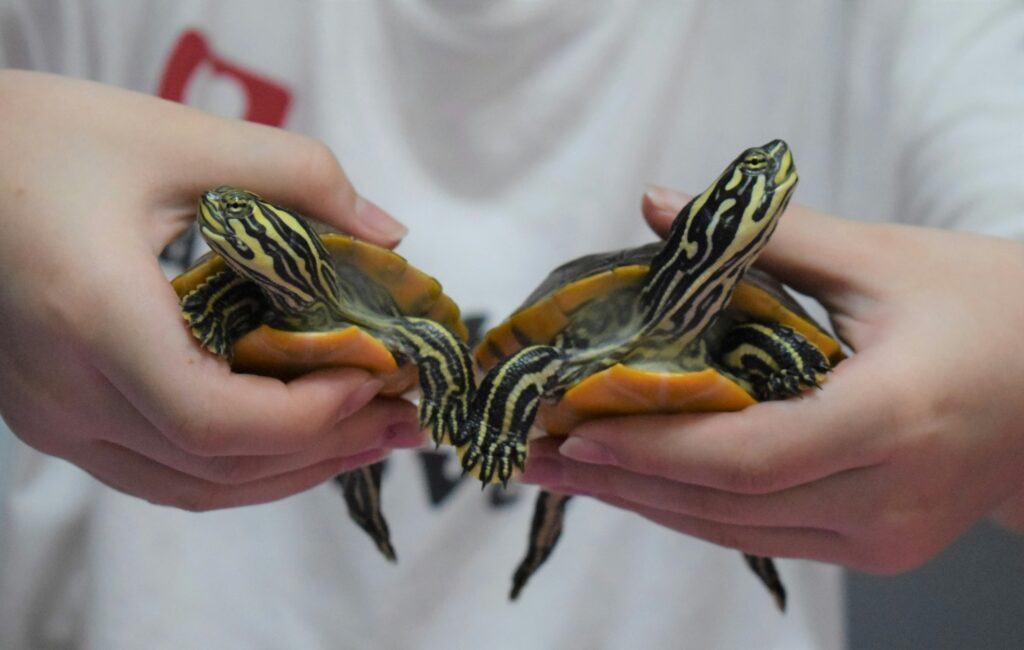
The consequences of keeping turtles in tanks that are too small extend far beyond simple discomfort, manifesting in serious health and behavioral problems.
Restricted swimming space leads to poor muscle development and obesity as turtles cannot exercise properly, which in turn contributes to buoyancy problems and internal organ dysfunction.
Smaller water volumes become polluted more quickly, exposing turtles to dangerously high levels of ammonia and nitrites that damage their respiratory systems and can lead to bacterial shell infections such as shell rot.
Behavioral problems emerge in cramped quarters, including increased aggression, repetitive swimming patterns (stereotypic behavior), excessive basking, and self-mutilation through obsessive scratching or biting.
Research has demonstrated that turtles in undersized enclosures show elevated stress hormones and suppressed immune function, making them more susceptible to various diseases and potentially shortening their lifespan by decades.
Filtration Considerations for Different Tank Sizes
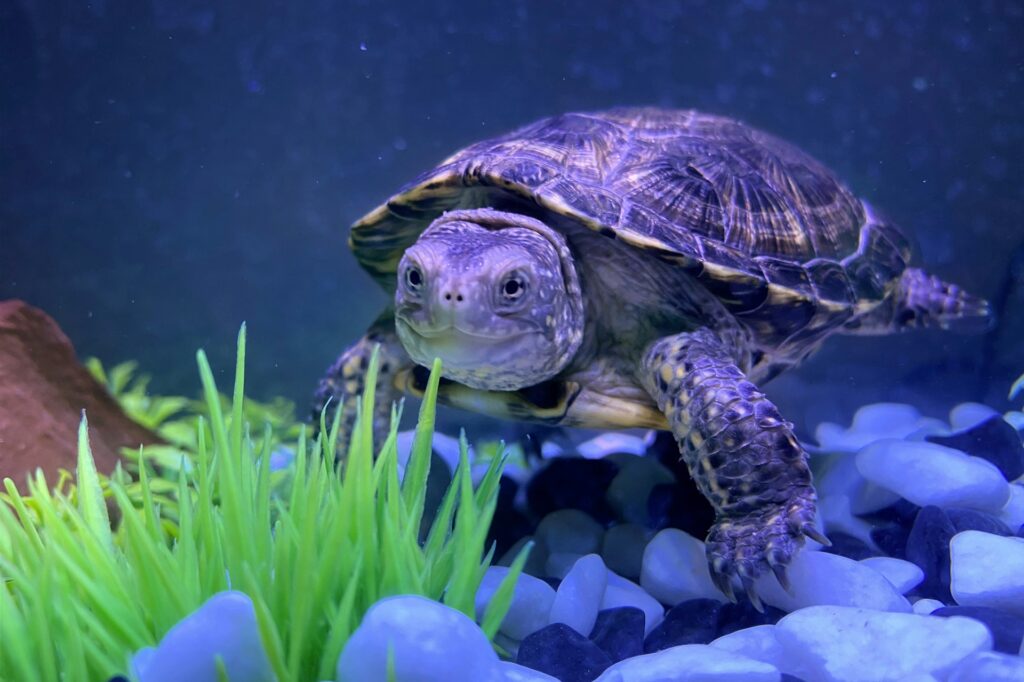
Proper filtration becomes increasingly critical as tank size increases, with turtles producing significantly more waste than fish of comparable size.
For optimal water quality, filtration systems should be rated for at least three times the actual water volume of the turtle tank, accounting for the heavy bioload turtles create.
Larger tanks benefit tremendously from canister filters, which provide mechanical, biological, and chemical filtration while allowing customization of media to address specific water quality issues.
Supplementary filtration methods such as underwater power heads to increase oxygenation and circulation become practical in tanks over 75 gallons, significantly improving water quality and reducing maintenance frequency.
Perhaps counter-intuitively, larger tanks often require less frequent water changes (though still regular) as their greater water volume provides more stability in water parameters and dilutes waste products more effectively, highlighting another benefit of providing generous space for your shelled companions.
Conclusion: Investing in Appropriate Space for Turtle Longevity
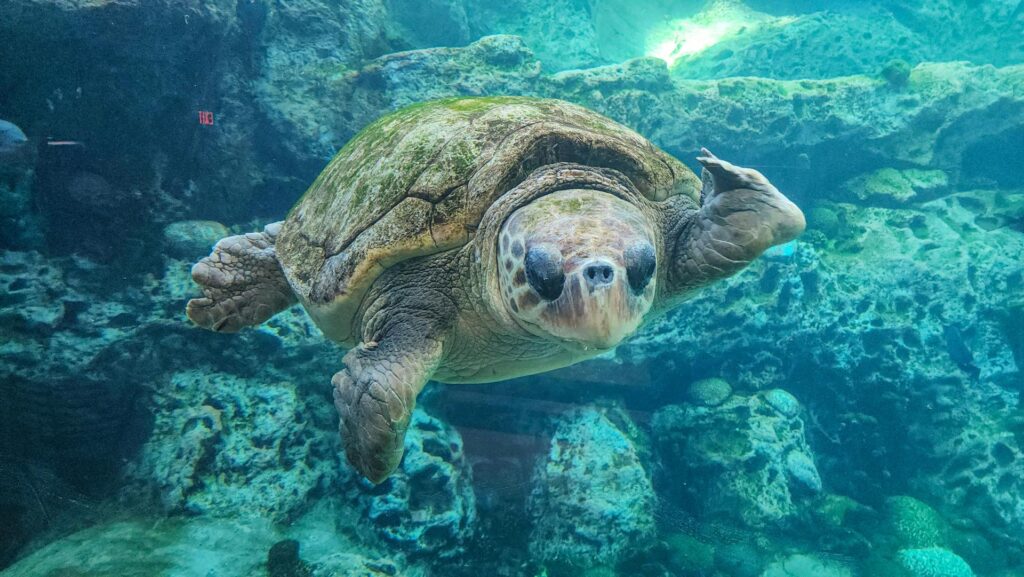
Providing the correct tank size for your turtle species is not merely a matter of following guidelines but an investment in your pet’s long-term health and quality of life.
When properly housed, many turtle species can live 30-50+ years, making them truly lifetime companions that deserve thoughtful habitat planning.
While the initial cost of an appropriately sized enclosure may seem substantial, it pales in comparison to the ongoing veterinary expenses associated with health problems arising from inadequate housing.
Remember that tank size recommendations represent minimums, not ideals—turtles will always benefit from additional space that more closely mimics their natural environment.
By understanding and meeting the specific spatial needs of your turtle species, you’re setting the foundation for decades of healthy, enriched living for these remarkable reptiles who have been swimming Earth’s waters for over 200 million years.

